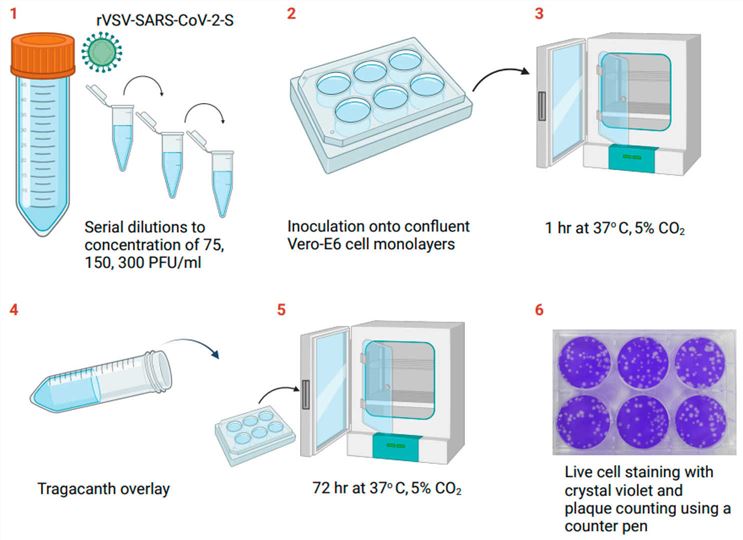Oncolytic Virus In Vitro Validation Service
The in vitro validation study of oncolytic viruses is crucial. It can elucidate the biological and infectious characteristics, as well as the oncolytic mechanisms of virus products, ensuring virus quality. This provides a theoretical foundation for subsequent research and pre-clinical applications. Based on in vitro findings, researchers can rapidly screen for superior virus strains and optimize their working conditions. With extensive experience, Creative Biolabs offers professional and comprehensive in vitro validation services. These services accurately define the properties and functions of oncolytic viruses, facilitating more effective development and application of oncolytic virus-based therapies.
Quality Assay of Oncolytic Virus
Quality testing of oncolytic viruses is crucial for ensuring their safety, efficacy, and batch-to-batch consistency. The following are some common quality-detection methods and corresponding detection indicators:
| Target of detection | Experimental Methods |
|---|---|
| Morphology and structure | Electron microscopy |
| Insoluble particles | Photoresistance method |
| pH | pH determination method |
| Capacity of loading | Weight/relative density method |
| Purity | HPLC |
| Sterility | Direct inoculation |
| Endotoxin | Gel-clot method |
| Mycoplasma | qPCR |
| Culture method for mycoplasma detection | |
| Indicator cell method |
Identity Assay of Oncolytic Virus
The identity assay for engineered oncolytic viruses determines identity, characteristics, and purity. Analyzing pathogenic, trans, and viral-specific genes/proteins, ensures they meet quality standards for intended use.
- Gene Sequencing: The whole genome or key gene regions of the oncolytic virus are sequenced. This allows for the detection of gene mutations, deletions, or insertions, thereby accurately identifying the virus's identity and evaluating its genetic stability.
Replication Capacity Assay of Oncolytic Virus
- Quantity detection: Primers and probes are designed to target specific genes of oncolytic viruses. RT-qPCR is then employed to detect the changes in the copy number of the viral genome within cells at different time points post-virus infection. However, the detected virus is not necessarily infectious.
- Plaque Assay: The method is based on the ability of the virus to infect and destroy specific cells. Diluted virus samples are inoculated onto monolayer cell cultures. The virus infects and lyses host cells, forming a transparent area visible to the naked eye. Each plaque is typically formed by the replication of a single infectious virion and the subsequent lysis of the surrounding cells. Through this, the infectious titer of the virus, representing the quantity of active virus particles, can be determined.
 Fig.1 Schematic diagram of the steps for plaque assay.1
Fig.1 Schematic diagram of the steps for plaque assay.1
- Reporter Genes Assay: Oncolytic virus vectors carrying reporter genes (GFP, Luc, etc.) are constructed. When the virus infects cells and replicates, the reporter gene is concomitantly expressed. The replication ability of the virus is indirectly reflected by detecting the expression level of the reporter gene.
Functional Assay of Oncolytic Virus
- Tumor Lytic Assay:
Commonly used experimental methods include observation of cytopathic effect (CPE), neutral red uptake assay, MTT colorimetric method or other cell viability detection methods, colony formation assay, detection of cell apoptosis, determination of the ratio of viable and dead cells, etc.
- Transgene expression and functional assay:
After inserting the transgene into the oncolytic virus genome, qPCR and western blotting can be utilized to quantitatively and qualitatively analyze the transgene expression in the oncolytic virus. Additionally, immunological (immunohistochemistry, immunofluorescence, ELISA, etc.) and cell-biological techniques can be employed to determine its function.
Reference
- Toister, Einat, et al. "Development and Validation of a Plaque Assay to Determine the Titer of a Recombinant Live-Attenuated Viral Vaccine for SARS-CoV-2." Vaccines 12.4 (2024): 374. Distributed under Open Access license CC BY 4.0, without modification
